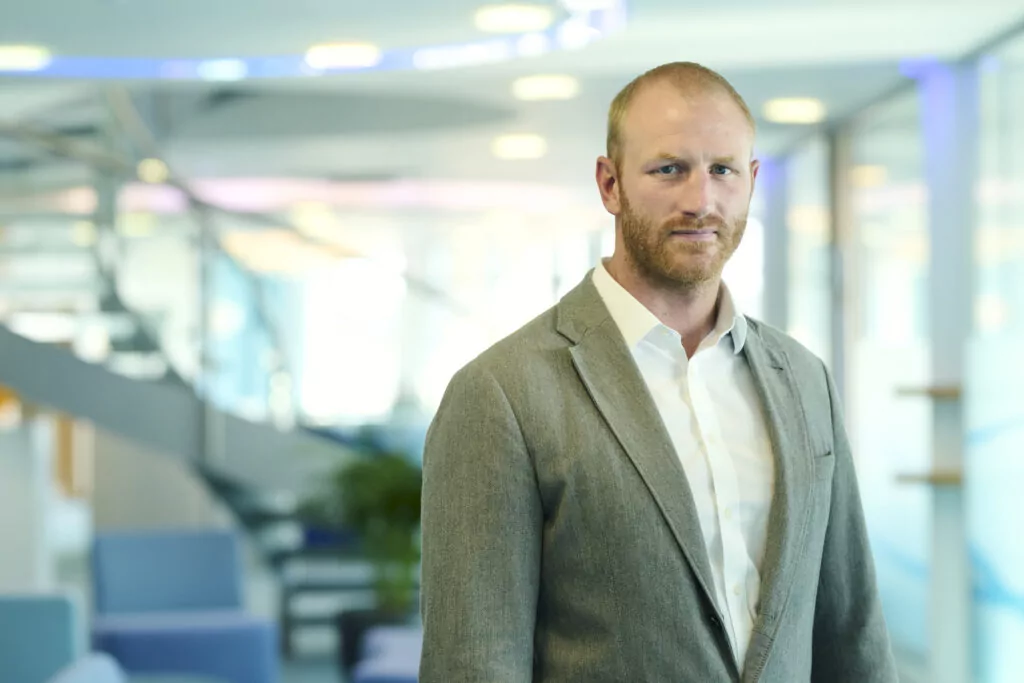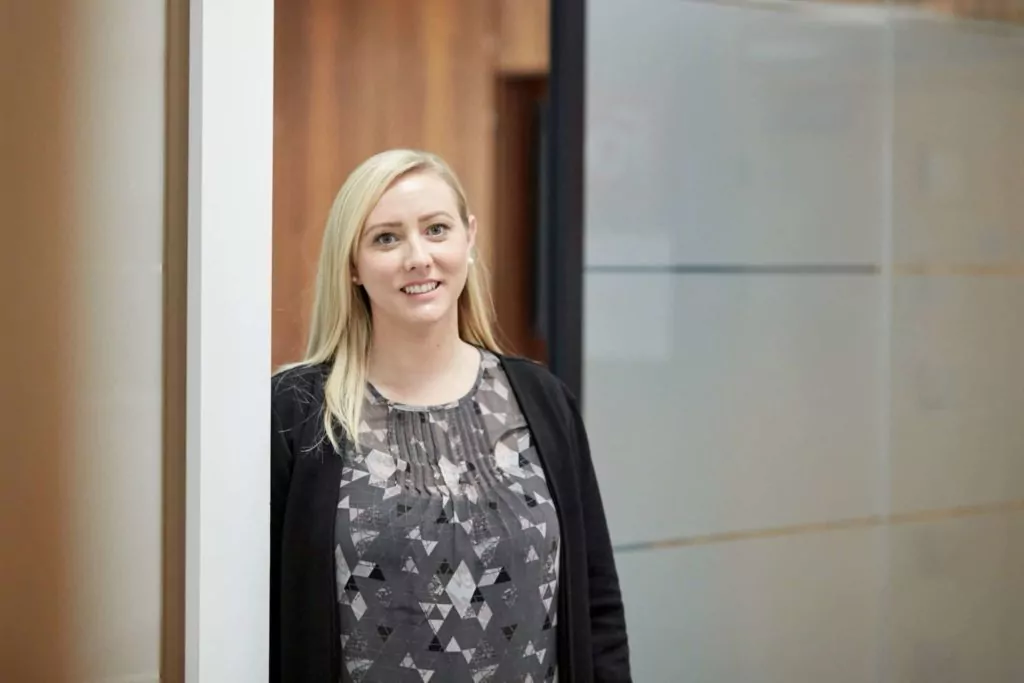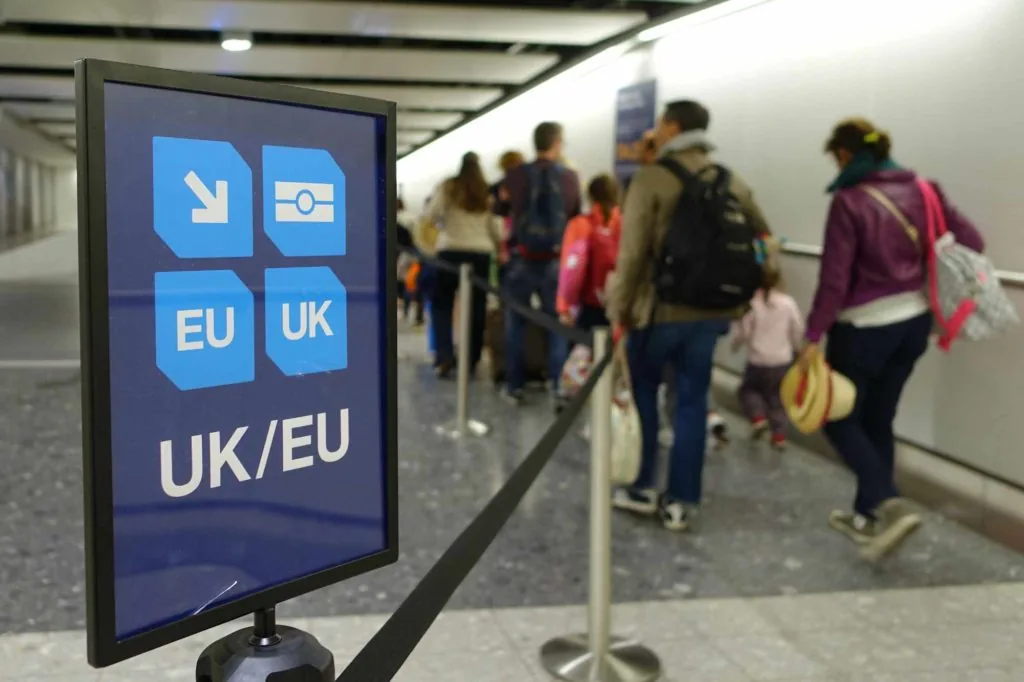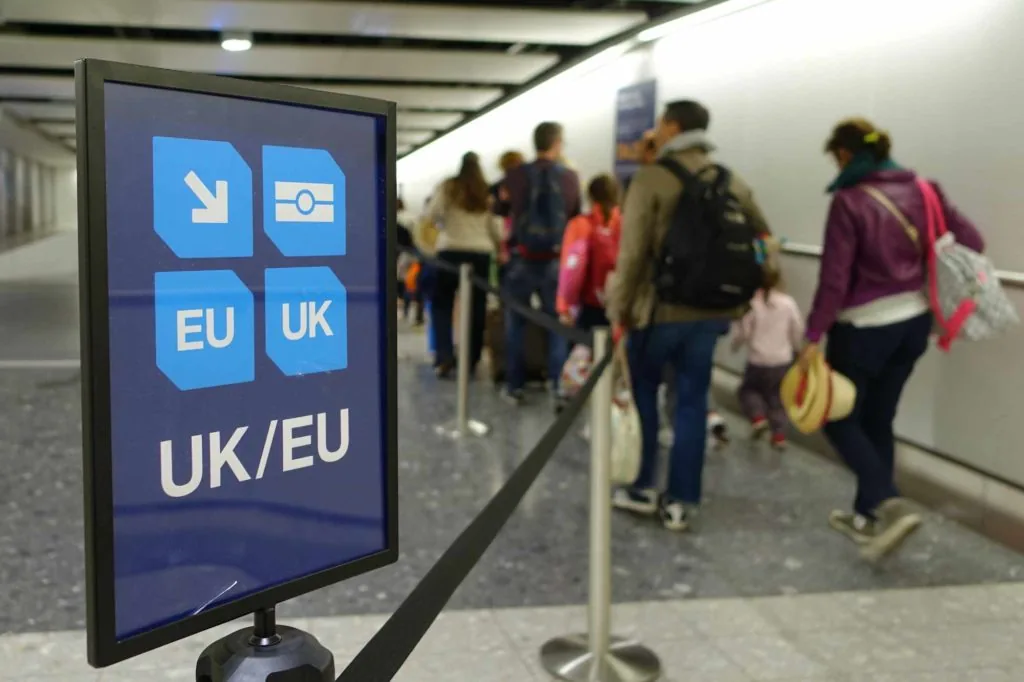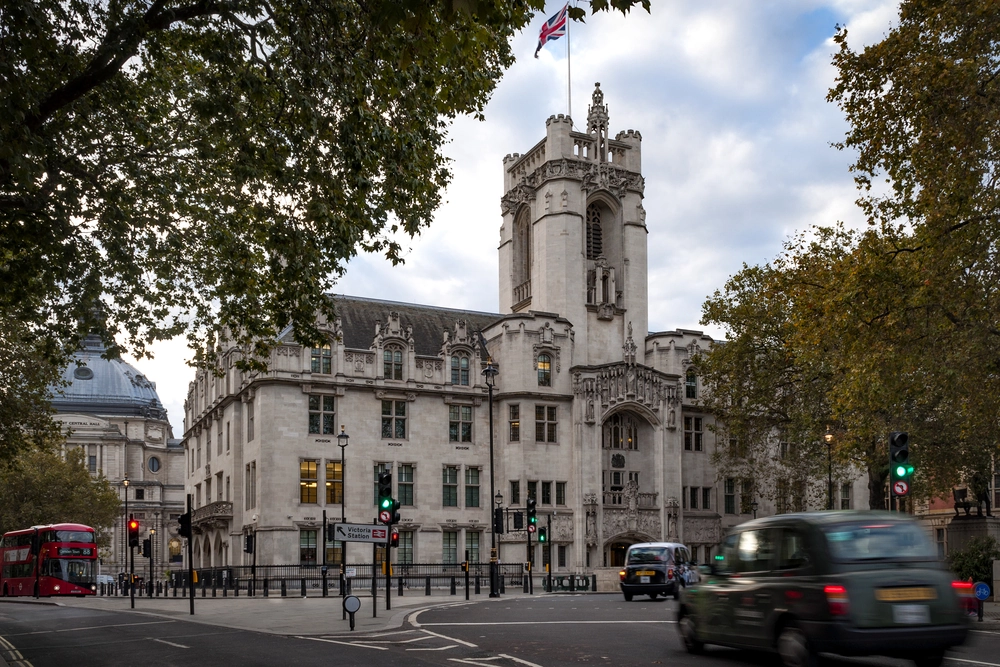
Shielding ending on 31 March 2021: What employers need to know

Just before Christmas, shielding was reintroduced for those who are clinically extremely vulnerable ('CEV'). The vast majority of employees who were CEV were accordingly put onto furlough or statutory sick pay where they were unable to work from home, in order to protect their health.
Now Public Health England has issued new guidance for CEV people in England confirming, in line with the dates set in previous shielding letters and the Government's wide roadmap out of restrictions, that shielding will end on 31 March 2021.
What does this mean for me as an employer?
If you have CEV employees on furlough or sick leave, they will start to receive letters formally confirming:
- That they do not need to shield from 1 April 2021.
- In terms of work, they will be told to continue to work from home where that is possible or, where that is not possible, to attend the workplace.
- That SSP will no longer be provided on the basis of being CEV, but that they may continue to be eligible for furlough.
Employers who have CEV employees who cannot easily work from home need to start thinking now about whether they want to welcome CEV employees back into the workplace and plan that process.
You should start making proactive contact in this regard to understand how the CEV employees feel about returning to work. Some will be very keen to get back into work whilst others may have continuing concerns. The letters themselves may prompt a lot of contact from CEV employees so it is important that your managers are ready for those conversations.
Talk through covid-secure measures for CEV employees returning to the workplace
If the only reason your CEV employees were not at work was the shielding guidance, you will most likely want them back in work. If so, you will need to talk to them about the covid-secure measures that you have in place at work and consider any additional protections you could put in place for them where appropriate.
For example, could they do duties where social distancing is easier or is there additional optional PPE you could offer to them?
If some CEV employees are very concerned you may wish to consider input from your Health & Safety team on their particular scenario, or seek guidance from their GP or occupational health
Option to remain on furlough
You should also remember that you can utilise training for any employees who are on furlough. Where you have CEV employees due to return from furlough imminently therefore you can plan in some pre-return training in the weeks before they return so that they are up to speed and secure when they do return to work.
If you have CEV employees that do not want to return to work for the time being you can also consider whether you are willing to furlough them for longer (depending on your policy approach to the use of furlough, the employee's condition/vulnerability and the ability for them to socially distance in the workplace and travel into work without public transport etc).
If you have a reduced workload for now owing to restrictions, it may well be that you want to talk to them about remaining on furlough notwithstanding the shielding guidance being lifted.
Training
You should also remember that you can utilise training for any employees who are on furlough. Where you have CEV employees due to return from furlough imminently therefore you can plan in some pre-return training in the weeks before they return so that they are up to speed and secure when they do return to work.
You need to ensure employees get the national minimum wage for any time spent training (although in many cases furlough pay will already cover this).
Get in touch
If you would like to learn more about implications of employee testing to your business, get in touch with our experts today to discuss the best route forwards.
You can also sign up to our on-demand webinar here, discussing the issues relating to testing, vaccination and your employees.







